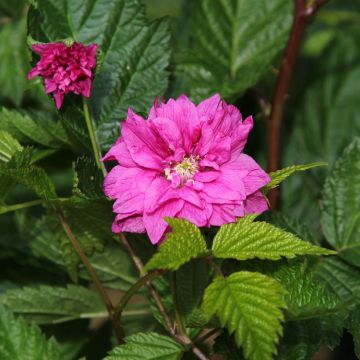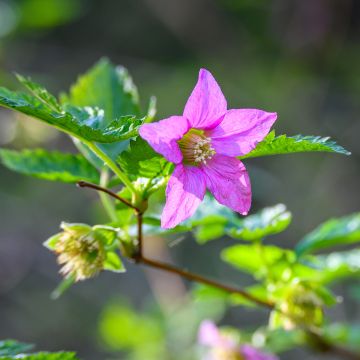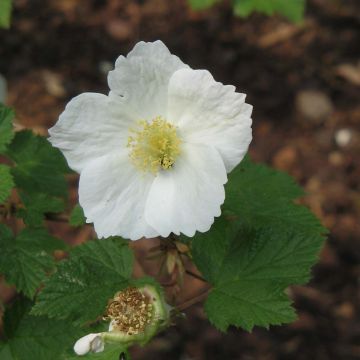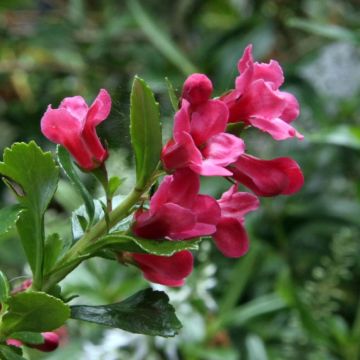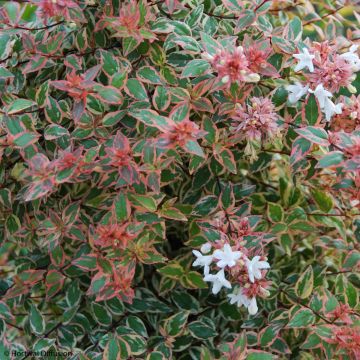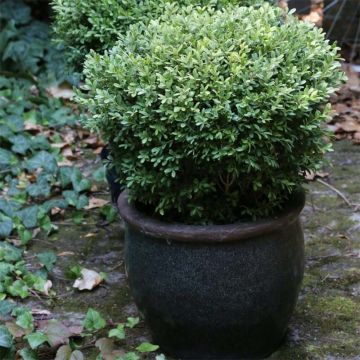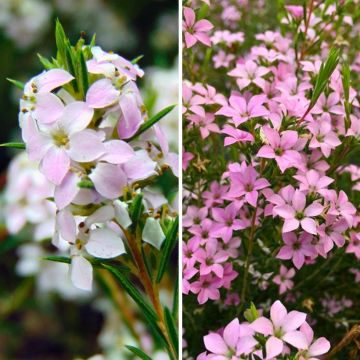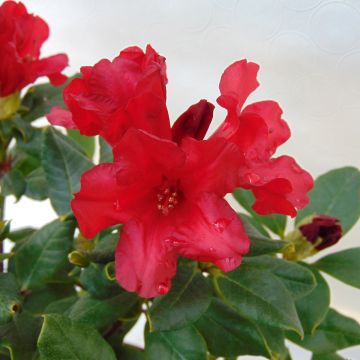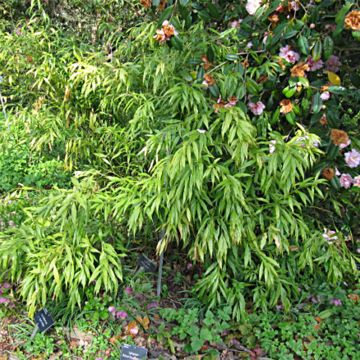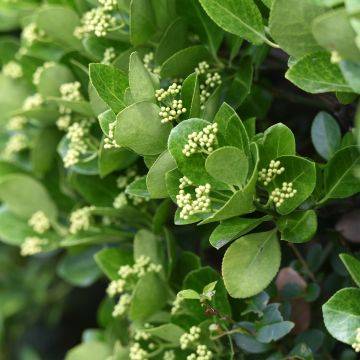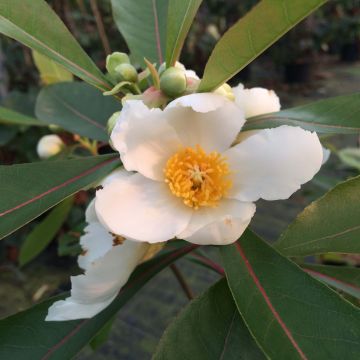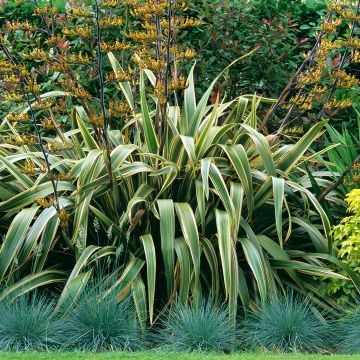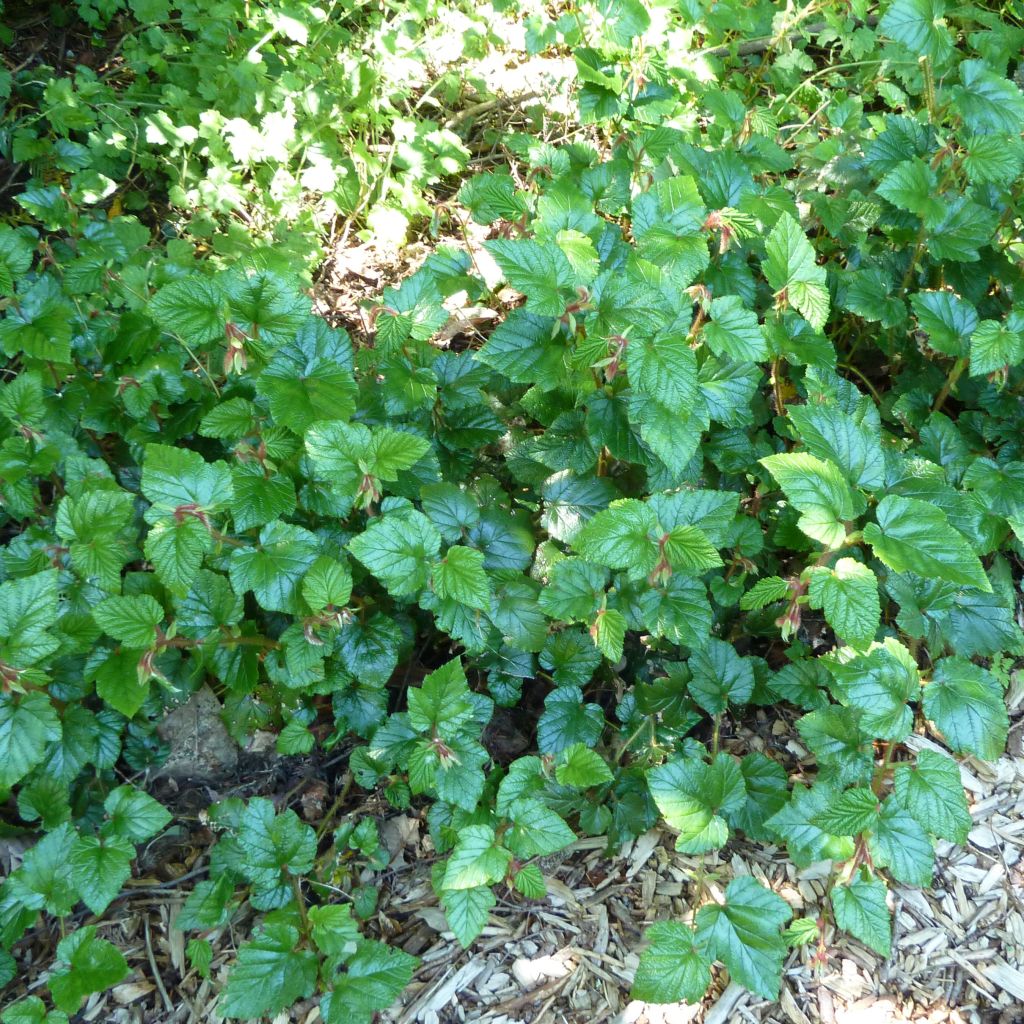

Rubus tricolor Betty Ashburner
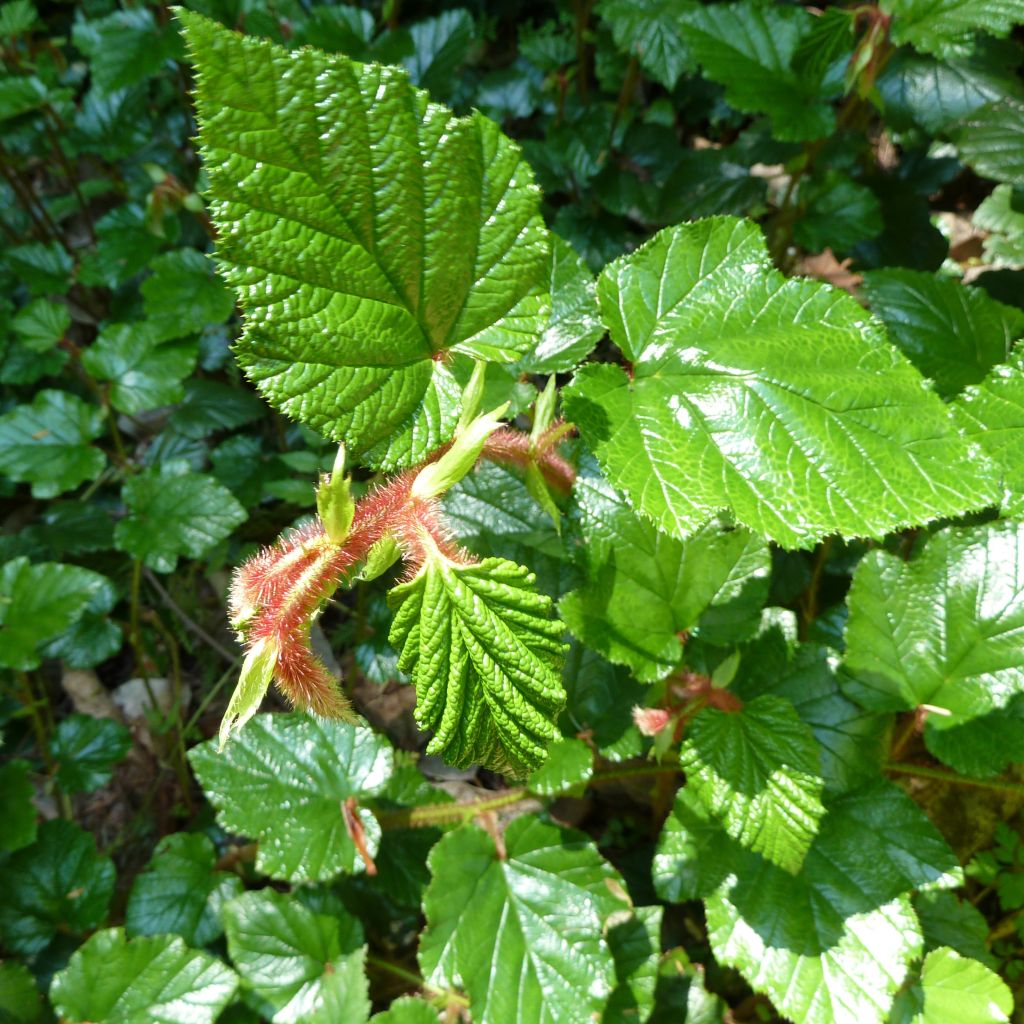

Rubus tricolor Betty Ashburner
Rubus tricolor Betty Ashburner
Rubus tricolor Betty Ashburner
Chinese Bramble, Taiwanese Creeping Raspberry, Creeping Bramble
This item cannot be shipped to the selected country
Delivery charge from €5.90
Delivery charge from €5.90
Delivery to Corse prohibited
More information
Schedule delivery date,
and select date in basket
This plant carries a 24 months recovery warranty
More information
We guarantee the quality of our plants for a full growing cycle, and will replace at our expense any plant that fails to recover under normal climatic and planting conditions.
From €5.90 for pickup delivery and €6.90 for home delivery
Express home delivery from €8.90.
From €5.90 for pickup delivery and €6.90 for home delivery
Express home delivery from €8.90.
Delivery to Corse prohibited: UE law prohibits the import of this plant from mainland France to Corse as part of the fight against Xylella fastidiosa. Please accept our sincere apologies.
More information
Does this plant fit my garden?
Set up your Plantfit profile →
Description
Rubus tricolor 'Betty Ashburner' is an ornamental bramble that grows as a bright green ground cover, with evergreen foliage. Vigorous and relatively fast-growing, this plant can cover large areas without requiring maintenance. The summer flowering is white and quite discreet, followed by a light orange fruiting in September.
The 'Betty Ashburner' ground cover bramble belongs to the family Rosaceae. It is a hybrid between Rubus tricolor, native to northwestern Europe, and Rubus rolfei or calycinoides, native to the mountains of Taiwan. It is still relatively unknown in our region. A plant will reach a height of 30 to 60cm (11.8 - 23.6in), with a spread of 1 to 3m (3 - 10ft). The upright then trailing stems are covered in red bristles, adding a touch of colour to the overall appearance. Its heart-shaped leaves with undulating edges are a beautiful glossy dark green, sometimes tinged with purple and nicely bluish on the underside. In July-August, clusters of white flowers appear in the axils of the leaves. In September, a few decorative orange berries can be obtained.
Plant the 'Betty Ashburner' ornamental bramble in any humus-rich soil, slightly acidic, neutral or slightly alkaline, dry or moist but well-drained, as the plant is sensitive to excessive humidity. This bush will thrive in partial shade or full sun, but in a non-burning exposure. This bramble has a suckering rootstock, can naturally layer, but it is less invasive than its parent Rubus tricolor. Pruning is not necessary, as the plant requires no particular maintenance.
Use 'Betty Ashburner' bramble as a ground cover, it will decorate a wild corner. It can even form carpets on large terrace planters. Excellent for covering a slope and ensuring its stability, it can be combined with carpets of periwinkle, Polygonum, creeping bugles, or Stachys byzantina, all of which are vigorous plants that are also undemanding.
Report an error about the product description
Rubus tricolor Betty Ashburner in pictures
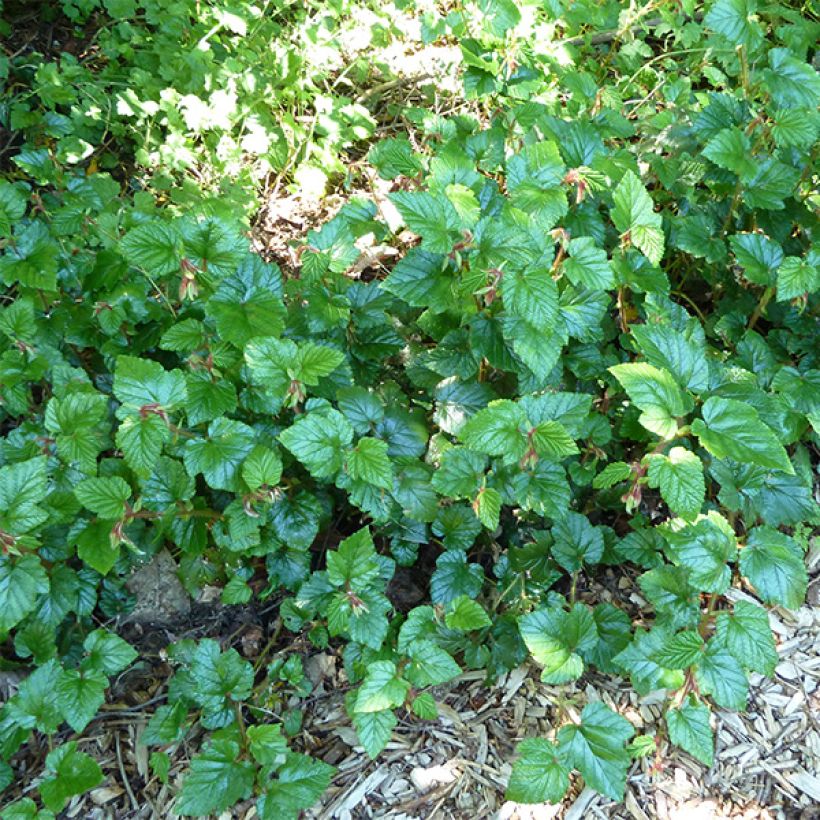

Plant habit
Flowering
Foliage
Botanical data
Rubus
tricolor
Betty Ashburner
Rosaceae
Chinese Bramble, Taiwanese Creeping Raspberry, Creeping Bramble
Cultivar or hybrid
Other Rubus - Blackberry
Planting and care
Plant the 'Betty Ashburner' ornamental bramble in any humus-rich soil, and if necessary, enrich the substrate with well-decomposed compost. Simply avoid excessive lime or acidity, as this plant prefers a relatively neutral substrate, dry or moist but well-drained. If needed, amend with sand and coarse gravel. This bush will thrive in partial shade or full sun, but not in scorching conditions. This bramble has a suckering stump and can naturally layer. The plant requires no special maintenance.
Planting period
Intended location
Care
This item has not been reviewed yet - be the first to leave a review about it.
Evergreen shrubs
Haven't found what you were looking for?
Hardiness is the lowest winter temperature a plant can endure without suffering serious damage or even dying. However, hardiness is affected by location (a sheltered area, such as a patio), protection (winter cover) and soil type (hardiness is improved by well-drained soil).

Photo Sharing Terms & Conditions
In order to encourage gardeners to interact and share their experiences, Promesse de fleurs offers various media enabling content to be uploaded onto its Site - in particular via the ‘Photo sharing’ module.
The User agrees to refrain from:
- Posting any content that is illegal, prejudicial, insulting, racist, inciteful to hatred, revisionist, contrary to public decency, that infringes on privacy or on the privacy rights of third parties, in particular the publicity rights of persons and goods, intellectual property rights, or the right to privacy.
- Submitting content on behalf of a third party;
- Impersonate the identity of a third party and/or publish any personal information about a third party;
In general, the User undertakes to refrain from any unethical behaviour.
All Content (in particular text, comments, files, images, photos, videos, creative works, etc.), which may be subject to property or intellectual property rights, image or other private rights, shall remain the property of the User, subject to the limited rights granted by the terms of the licence granted by Promesse de fleurs as stated below. Users are at liberty to publish or not to publish such Content on the Site, notably via the ‘Photo Sharing’ facility, and accept that this Content shall be made public and freely accessible, notably on the Internet.
Users further acknowledge, undertake to have ,and guarantee that they hold all necessary rights and permissions to publish such material on the Site, in particular with regard to the legislation in force pertaining to any privacy, property, intellectual property, image, or contractual rights, or rights of any other nature. By publishing such Content on the Site, Users acknowledge accepting full liability as publishers of the Content within the meaning of the law, and grant Promesse de fleurs, free of charge, an inclusive, worldwide licence for the said Content for the entire duration of its publication, including all reproduction, representation, up/downloading, displaying, performing, transmission, and storage rights.
Users also grant permission for their name to be linked to the Content and accept that this link may not always be made available.
By engaging in posting material, Users consent to their Content becoming automatically accessible on the Internet, in particular on other sites and/or blogs and/or web pages of the Promesse de fleurs site, including in particular social pages and the Promesse de fleurs catalogue.
Users may secure the removal of entrusted content free of charge by issuing a simple request via our contact form.
The flowering period indicated on our website applies to countries and regions located in USDA zone 8 (France, the United Kingdom, Ireland, the Netherlands, etc.)
It will vary according to where you live:
- In zones 9 to 10 (Italy, Spain, Greece, etc.), flowering will occur about 2 to 4 weeks earlier.
- In zones 6 to 7 (Germany, Poland, Slovenia, and lower mountainous regions), flowering will be delayed by 2 to 3 weeks.
- In zone 5 (Central Europe, Scandinavia), blooming will be delayed by 3 to 5 weeks.
In temperate climates, pruning of spring-flowering shrubs (forsythia, spireas, etc.) should be done just after flowering.
Pruning of summer-flowering shrubs (Indian Lilac, Perovskia, etc.) can be done in winter or spring.
In cold regions as well as with frost-sensitive plants, avoid pruning too early when severe frosts may still occur.
The planting period indicated on our website applies to countries and regions located in USDA zone 8 (France, United Kingdom, Ireland, Netherlands).
It will vary according to where you live:
- In Mediterranean zones (Marseille, Madrid, Milan, etc.), autumn and winter are the best planting periods.
- In continental zones (Strasbourg, Munich, Vienna, etc.), delay planting by 2 to 3 weeks in spring and bring it forward by 2 to 4 weeks in autumn.
- In mountainous regions (the Alps, Pyrenees, Carpathians, etc.), it is best to plant in late spring (May-June) or late summer (August-September).
The harvesting period indicated on our website applies to countries and regions in USDA zone 8 (France, England, Ireland, the Netherlands).
In colder areas (Scandinavia, Poland, Austria...) fruit and vegetable harvests are likely to be delayed by 3-4 weeks.
In warmer areas (Italy, Spain, Greece, etc.), harvesting will probably take place earlier, depending on weather conditions.
The sowing periods indicated on our website apply to countries and regions within USDA Zone 8 (France, UK, Ireland, Netherlands).
In colder areas (Scandinavia, Poland, Austria...), delay any outdoor sowing by 3-4 weeks, or sow under glass.
In warmer climes (Italy, Spain, Greece, etc.), bring outdoor sowing forward by a few weeks.

































